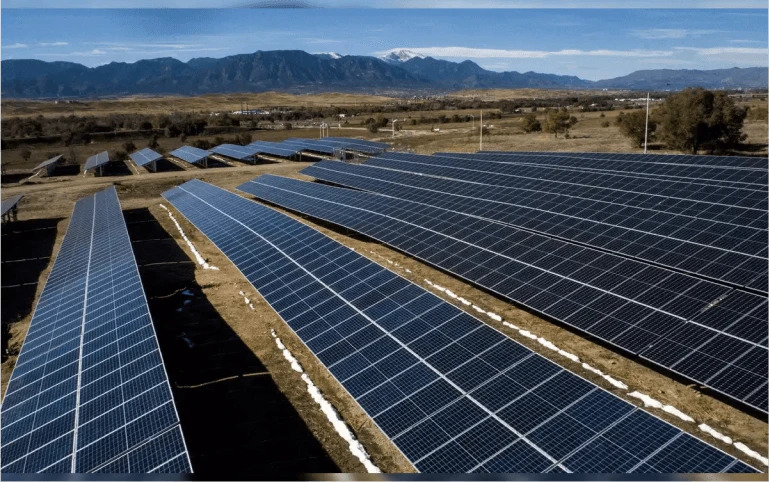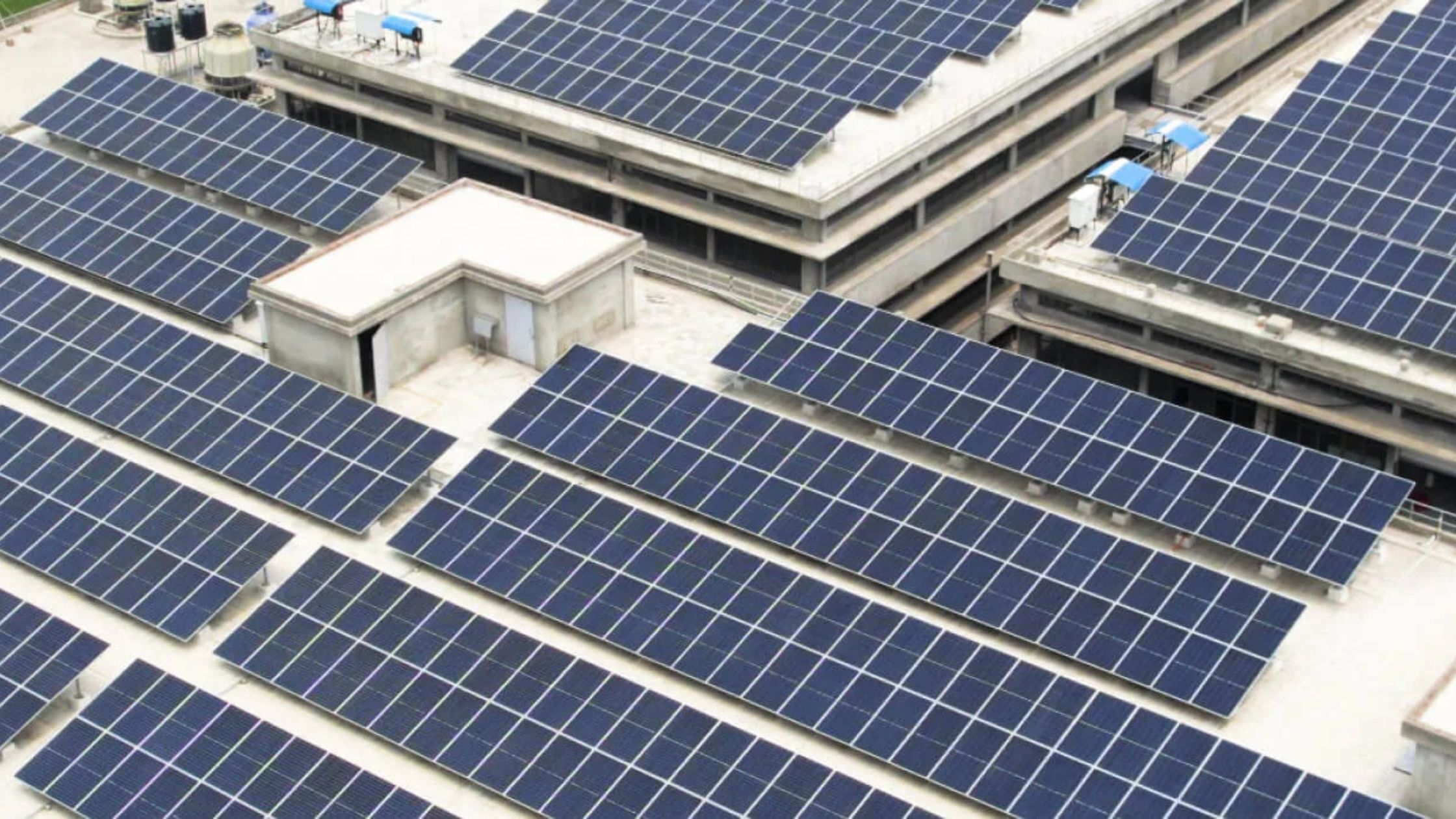The energy transformation of India is at a crossroad. The desire to achieve renewable energy ambitions, changing renewable energy guidelines, and the need to support the stability of the grid are compelling policymakers and other stakeholders in the industry to think outside the box. This is where Firm and Dispatchable Renewable Energy (FDRE) has so far been a game-changer.
Unlike traditional solar or wind power plants that capitalize on the intermittency of solar and wind energy resources, FDRE provides firm power generation, i.e., the power that can be provided on demand, at the scheduled time and with a very high variability. Given modernising the grid and the growing economy in India FDRE can restructure the renewable energy model in the decades to come.
Knowing FDRE and How It Affects India
FDRE is a revolutionary approach to renewable generation where power plants integrate renewable energy with backup facilities, hybrid power plants, or flexible reserve capacity. This allows them to generate power when needed, not just when sunshine is available or wind blows.
In India’s case, FDRE is especially applicable for the following three reasons:
- Grid Stability– India’s power grid is experiencing high volatility with rising levels of renewable penetration. FDRE reduces these fluctuations.
- Demand-Supply Matching– Industrial, commercial, and urban peak loads do not always overlap with the hours of renewable generation.
- Policy Guidance– Sustainable energy technologies and assessments are increasingly being incorporated into tenders and policy guidance, favoring firm and dispatchable supply over volatile generation.
Renewable Energy Guidelines: The Path to Firm Power
The Ministry of Power and the Central Electricity Regulatory Commission (CERC) are already recognizing the need for stability. New guidelines for utility-scale renewable energy procurement include performance targets, availability assurances, and requirements for integrating storage.
These guidelines represent a change from the early stage of renewable policies that were capacity addition-focused. The second stage is supply quality and reliability.
For developers, this includes:
- Instances of energy storage facilities such as batteries or pumped hydro.
- Developing hybrid energy systems combining solar, wind, and even biomass energy for diversified power generation.
- Compliance with more stringent dispatchability requirements that align with grid operator needs.
FDRE Contracts vs. Traditional Solar PPAs

In order to see why FDRE is a leap forward, we should compare it to a traditional solar Power Purchase Agreements (PPAs).
| Feature | Traditional Solar PPA | FDRE Contract |
| Nature of Supply | Variable, dependent on sunlight | Firm, dispatchable, available on demand |
| Grid Impact | Requires backup from thermal or hydro | Self-sufficient through storage/hybridisation |
| Revenue Model | Payment for total generation | Payment linked to availability and reliability |
| Policy Compliance | Meets renewable capacity targets | Meets renewable targets and reliability needs |
| Investor Appeal | Low risk but variable output | Higher capital cost but premium tariffs possible |
Concisely, with FDRE contracts, the industry is shifted to energy-as-committed. This is consistent with the practicalities of the operation of power systems whose reliability is as imperative as sustainability.
Why FDR is necessary to Enhance Grid Reliability
It has among the greatest synchronous power grids around the globe and in 2030, it will exceed 180 GW of renewable capacity which implies that there will be reliability issues.
The issue is straightforward: even though solar and wind power can deliver sky-high quantities of clean energy, their intermittency requires that grid managers have large quantities of thermal reserves standing by, used infrequently but costly to stand ready.
FDRE reverses this balance:
- Enhanced Frequency Regulation – Storage projects can inject or draw power at high rates.
- Peak Demand Coverage – FDRE can provide during the evening peaks when solar generation dips.
- Decreased Curtailment – Instead of losing surplus generation, FDRE can save and release it at the right moment.
Technically, FDRE increases the energy technology impact factor, which is a measure of the extent to which the new energy technologies stabilize the overall system.
Problems with Implementing FDRE
Although FDRE is promising, the path to its implementation is fraught with challenges:
- Higher Capital Cost– Hybrid and storage arrays deployments increase upfront costs.
- Contract Structuring– Incentives within procurement contracts must be capacity, availability, and performance-based.
- Technology Maturity– Pumped hydro and bulk battery storage technologies are yet to mature in India.
But pilot schemes in the early years and abroad show that policy incentives and economies of scale can easily cover the cost gap.
The Policy Push for FDRE
India’s renewable auction also is shifting from lowest-cost bidding to value-based bidding. Recent auctions have included:
- Guaranteed Availability Clauses– Sanctions for failure to supply contracted power at contracted times.
- Hybrid Energy System Needs– Encouraging solar, wind, and storage combinations.
- Long-Term Dispatch Commitments– reconciling renewable generation with state load dispatch centres’ requirements.
This is consistent with international practice where there is consideration of environmental and performance benefits by sustainable energy technologies and evaluations.
FDRE in Practice: Lessons for Developers and EPC Players
For EPC firms, FDRE is a strategic turnaround. The keys to success will be:
- System Integration Skills – Designing integrated control and storage systems for renewable power plants.
- Data-Driven Planning– Using forecasting tools to align renewable generation with demand profiles.
- State-Specific Strategies– Just like in other infrastructure projects, the deployment of renewable energy in India is governed by state-level regulatory variation.
Hartek’s technical expertise in power distribution products and grid integration makes it capable of executing FDRE projects that are technically as well as policy-sound.
The Future Outlook of FDRE in India
FDRE’s development is also aligned with the energy sector reforms in India, including the shift towards market-linked tariffs, competitive bidding, and increased renewable integration. In the future, FDRE can:
- Reduce plant dependence on thermal peaking.
- Facilitate increased penetration of renewables without sacrificing reliability.
- Instantiate high end markets of clean and secure energy.
In some respects, FDRE is the second-stage renewable energy transition of India, the shift in capability range to robust, dispatchable clean energy.
Conclusion:
The future of India in the power sector is quality and sustainability. Clean power at scale has been proven many times by conventional renewables projects. FDRE will now illustrate that this is now possible even without compromising the reliability that modern economies require.
With the right renewable energy guidelines, policy incentives, and industry readiness, FDRE can support India in meeting its renewable targets while ensuring the stability of the grid.
For companies in the renewable energy and power infrastructure sector, this is not only a technology revolution, it’s an opportunity to revolutionise the way clean energy becomes the lifeblood of the nation.
Get in Touch with Hartek to Learn More
FAQ’s:-
1. What is FDRE in renewable energy?
Renewable Energy that is Firm and Dispatchable ensures that renewable power plants supply electricity as needed by tying storage or hybrids together.
2. How are FDRE contracts different from solar PPAs?
Solar PPAs are intermittent and FDRE improved grid reliability contracts are on a periodical basis.
3. Why is FDRE of value to India?
The potential of renewables to penetrate high without destabilizing the grid is made possible by FDRE, decreasing the dependence on the fossil based back-up.
4. What are the main elements of FDRE projects?
They typically consist of renewable generation, storage facilities, advanced controls, and flexible backup capacity.
5. Does India have policies that are pro-FDRE?
Yes, emerging renewable procurement requirements refer to availability, hybridisation, and dispatchability.





